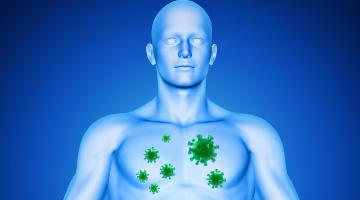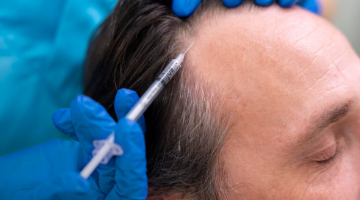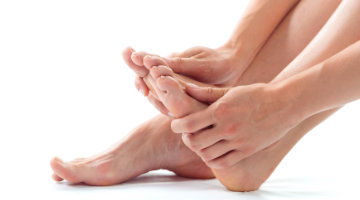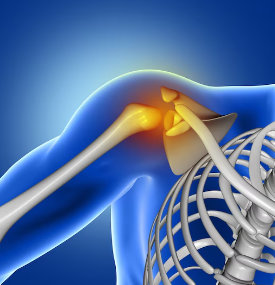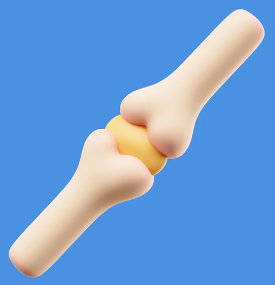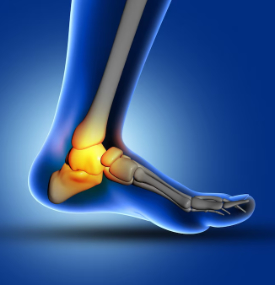Stem Cell Therapy
Stem cell therapy can also use nonautologous stem cells, which yield much higher concentrations of MSCs, are epigenetically young, and do not require surgery. They are, however, associated with a risk for viral and bacterial infection and need to be stored in liquid nitrogen. Stem cells have gained a reputation as a miracle treatment and potential cure for many ailments. The cells have the potential to provide replacement cells for any part of the body -- blood, brain, bones or organs.
Book An Appointment